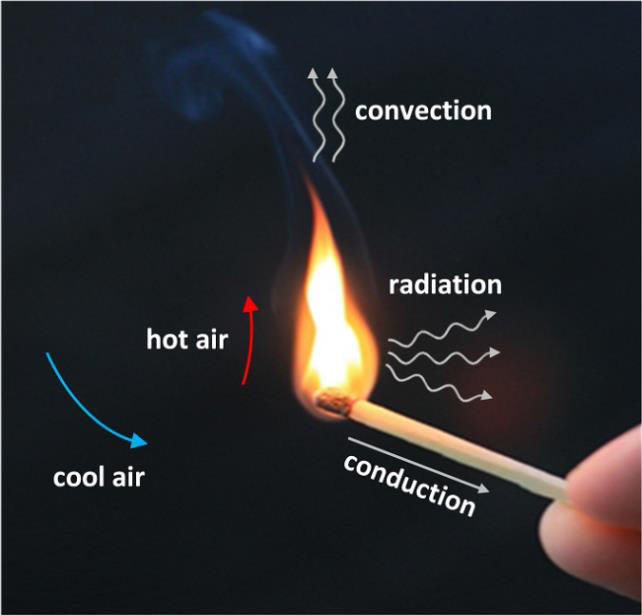ME346 - Heat Transfer

Instructor
Sreedhara Sheshadri
Section
S1
Semester
Autumn ‘20
Course Difficulty
Very easy
Time Commitment Required
Very little, certainly not more than a day before the exams
Grading Policy and Statistics
The exams were so easy that the cutoffs were sky-high. The maximum score was around 100.
= 95 AA, >=86 AB, >=78 BB were the cutoffs.
Despite these cutoffs, grading was quite generous, certainly more than the other two divisions.
Approximately 12 AAs, 15 ABs, 15 BBs in a class of about 55.
Attendance Policy
The professor had pretty much done away with live lectures, so there was no attendance
Pre-requisites
The course would constantly reference concepts from ME209 and ME219 so a command over those, especially Fluid Mechanics would be very helpful.
It would amaze you how most of the convection part is a carbon copy of the post-midsem part of ME219.
Evaluation Scheme
15% Quizzes (3)
5% Tutorials (5)
5% Assignments (3)
20% Midsem
55% Endsem
Topics Covered in the Course
Conduction: Thermal properties of matter, one-dimensional steady state equation of conduction, thermal resistance, heat equation in cylindrical and spherical coordinates, critical radius of insulation, conduction through extended surfaces (fins), transient heat conduction, multi-dimensional transient conduction and principle of superposition, Heisler-Grober charts
Convection: Solution of convection equation for flow over flat plate, thermal boundary layer, continuity, momentum and energy equations, friction coefficients, correlations for Nusselt and Prandtl number, internal flows, laminar and turbulent flows in tubes (Moody Charts), heat exchangers, condensation
Radiation: Stefan-Boltzmann Law, spectral blackbody emission, Wien’s displacement law, band emission, intensity of emitted radiation, irradiation, radiosity, emission from real surfaces, surface absorption, reflection and transmission, Kirchoff’s Law, greenhouse effect, gray surfaces, radiation exchange and heat transfer between surfaces, view factors, re-radiating surfaces, radiation shields, temperature measurements
Teaching Style
The professor recommended us to watch a YouTube playlist (linked below) of the same course taught by Prof. Arunkumar Sridharan and Prof. Prabhu. He would occasionally schedule live sessions for discussing doubts, but very few people attended. He also provided us slides from a previous offering of the course (the one whose videos are recorded).
Hence, synchronous teaching was taken out of the question, and the course proceeded very much like a self-study course.
Tutorials/Assignments/Projects
Tutorials were conducted in the lecture slot - two problems were flashed on the screen and we had to solve and submit them on Moodle within a few hours.
Assignments were either solving a few problems and turning them in a few days later, or simply copying a few slides down in original hand-writing.
Feedback on Exams
The quizzes, midsem and endsem were all conducted on Moodle. Time was typically sufficient and questions resembled those given in the slides/discussed in the videos. Since all exams were open-notes and open-internet, there was no need to memorize any formulae. Anyone who watches all the videos would easily score over 90%.
Course Importance
Essential for any course in the TFE domain. ME306 (Applied Thermodynamics) in the following semester borrows some ideas from this course, as well as the Heat Transfer part of the ME372 lab.
Going Forward
A lot of the TFE electives have Heat Transfer as an official or unofficial pre-requisite.
References Used
Heat and Mass Transfer : Fundamentals and Applications, Cengel and Ghajar
Principles of Heat and Mass transfer, Incropera
Almost all the questions in the tutorials, quizzes, assignments and exams were from these two books.
Interesting relevant links
https://www.youtube.com/playlist?list=PL_uaeekrhGzL8AWRmvtx2FUFzcxEwW4r0
Watch this entire playlist and you’ll be guaranteed a great grade in the course :-p
ME 346 Review By: Aditya Iyengar